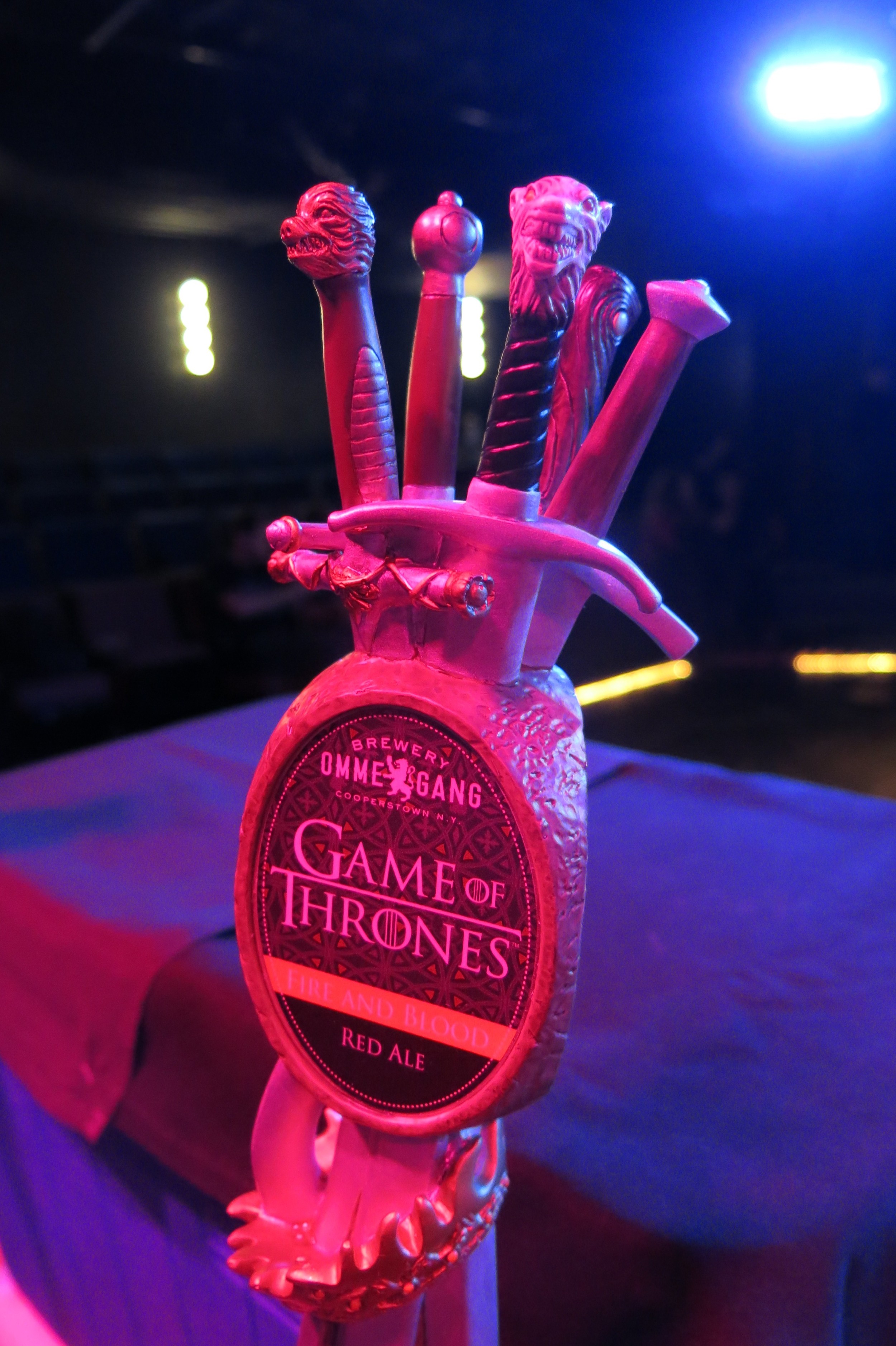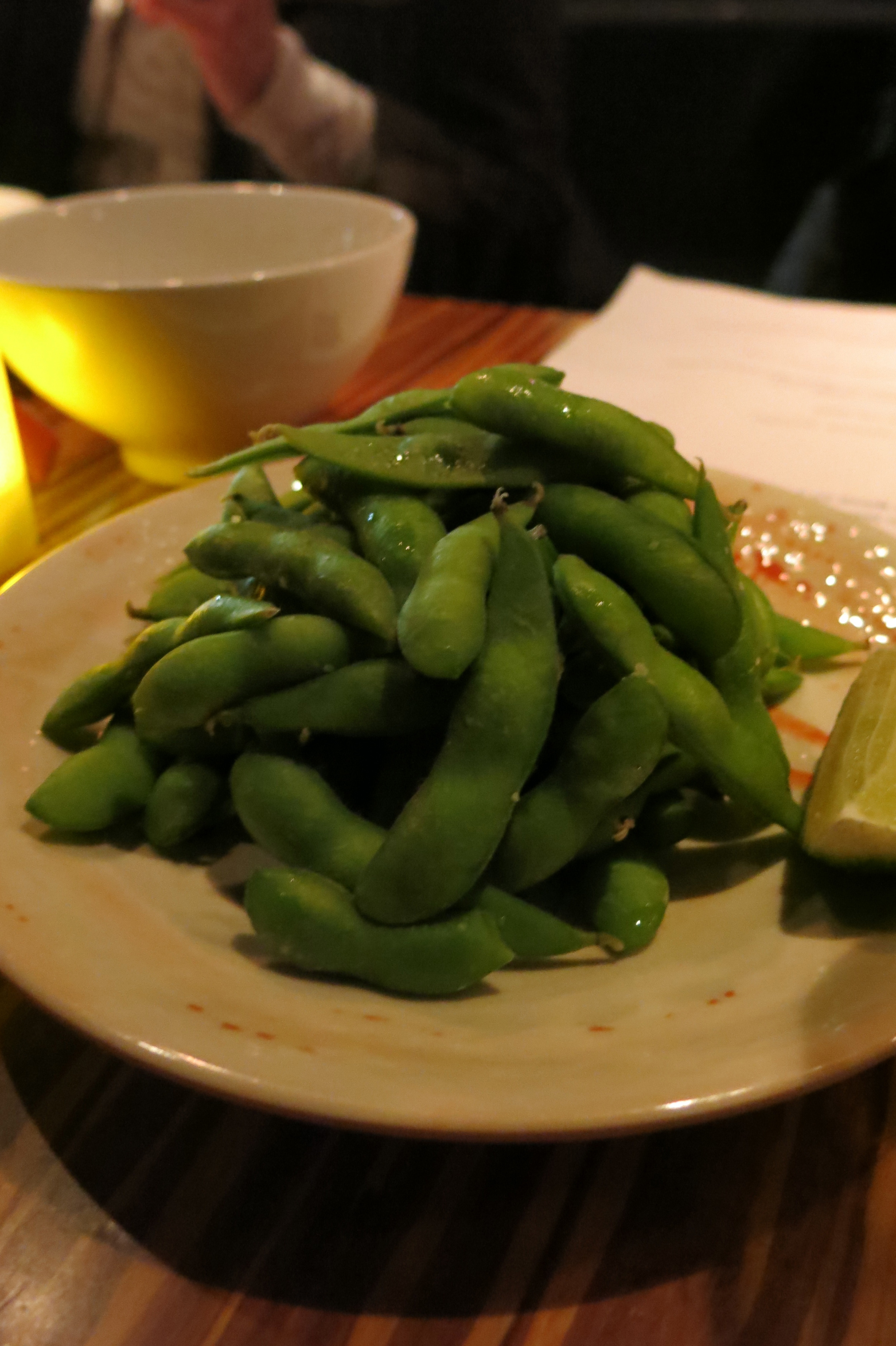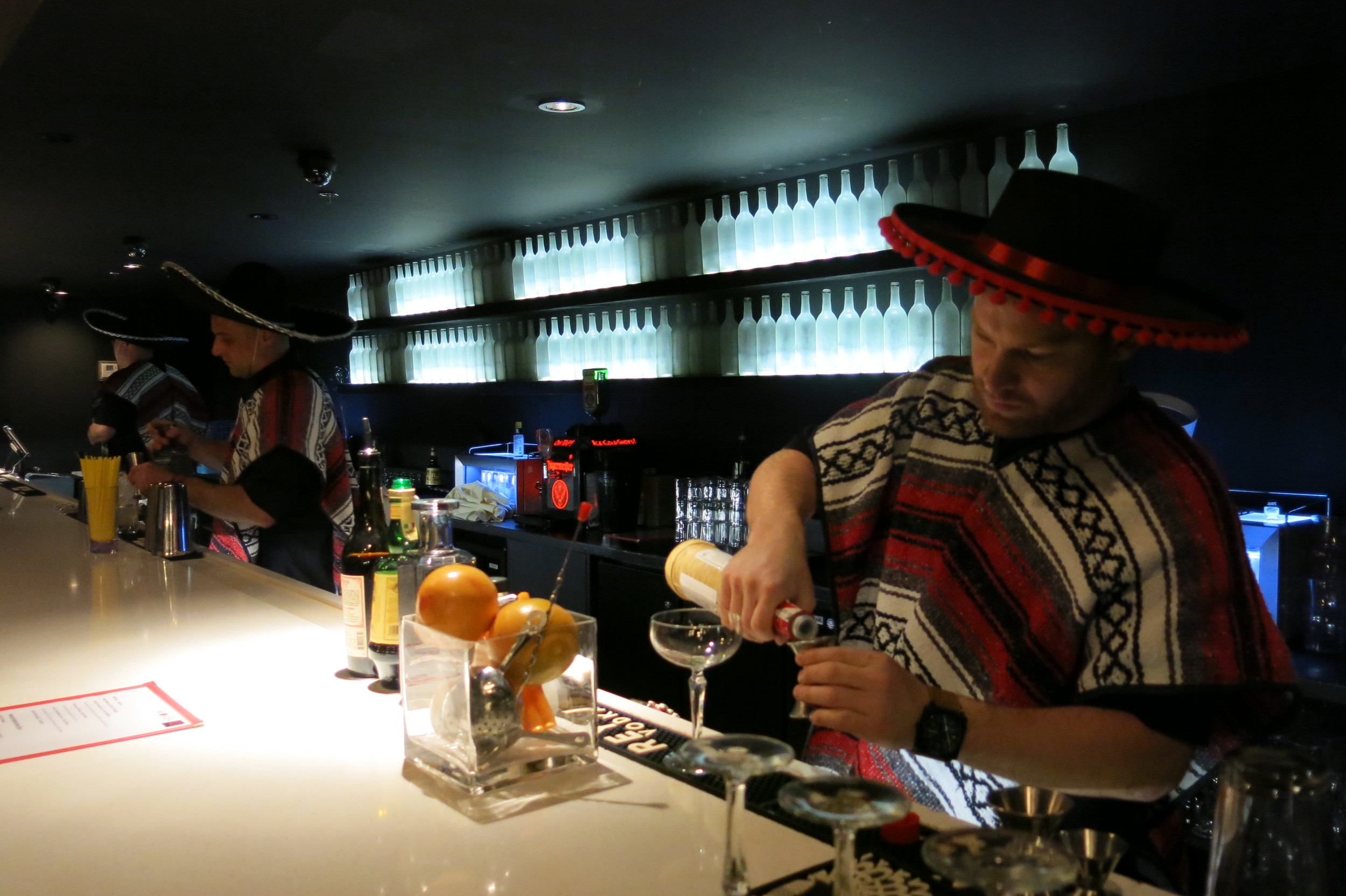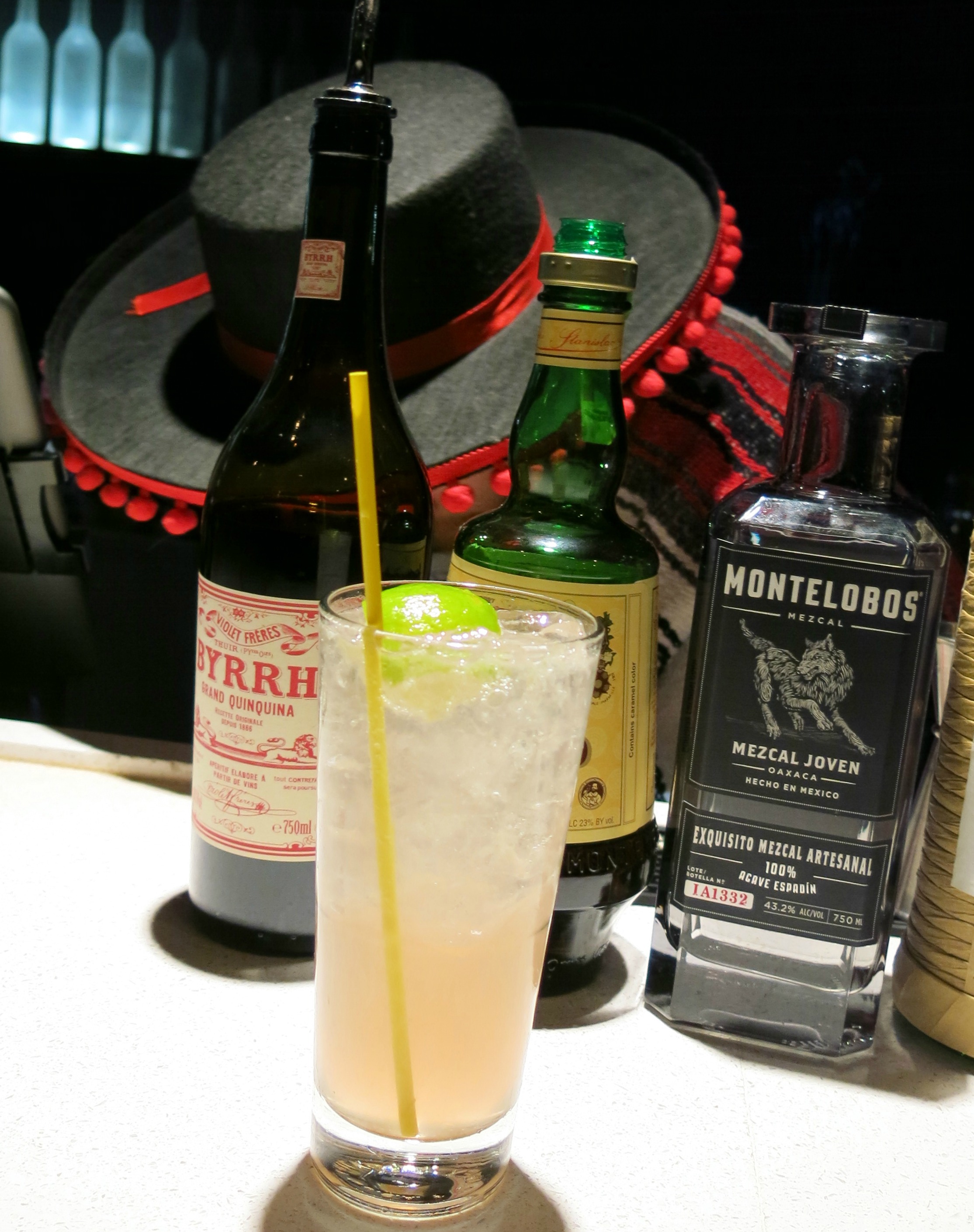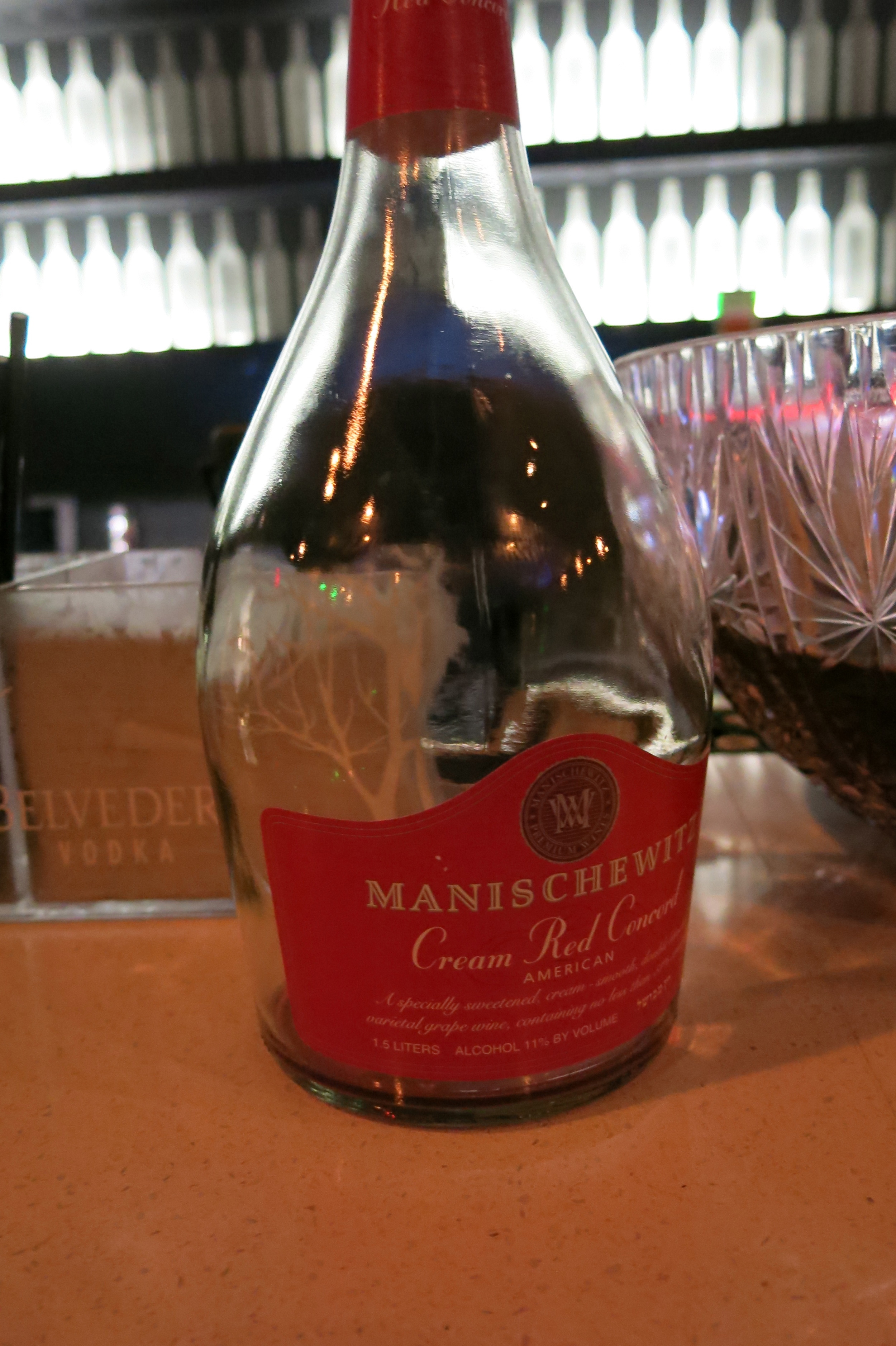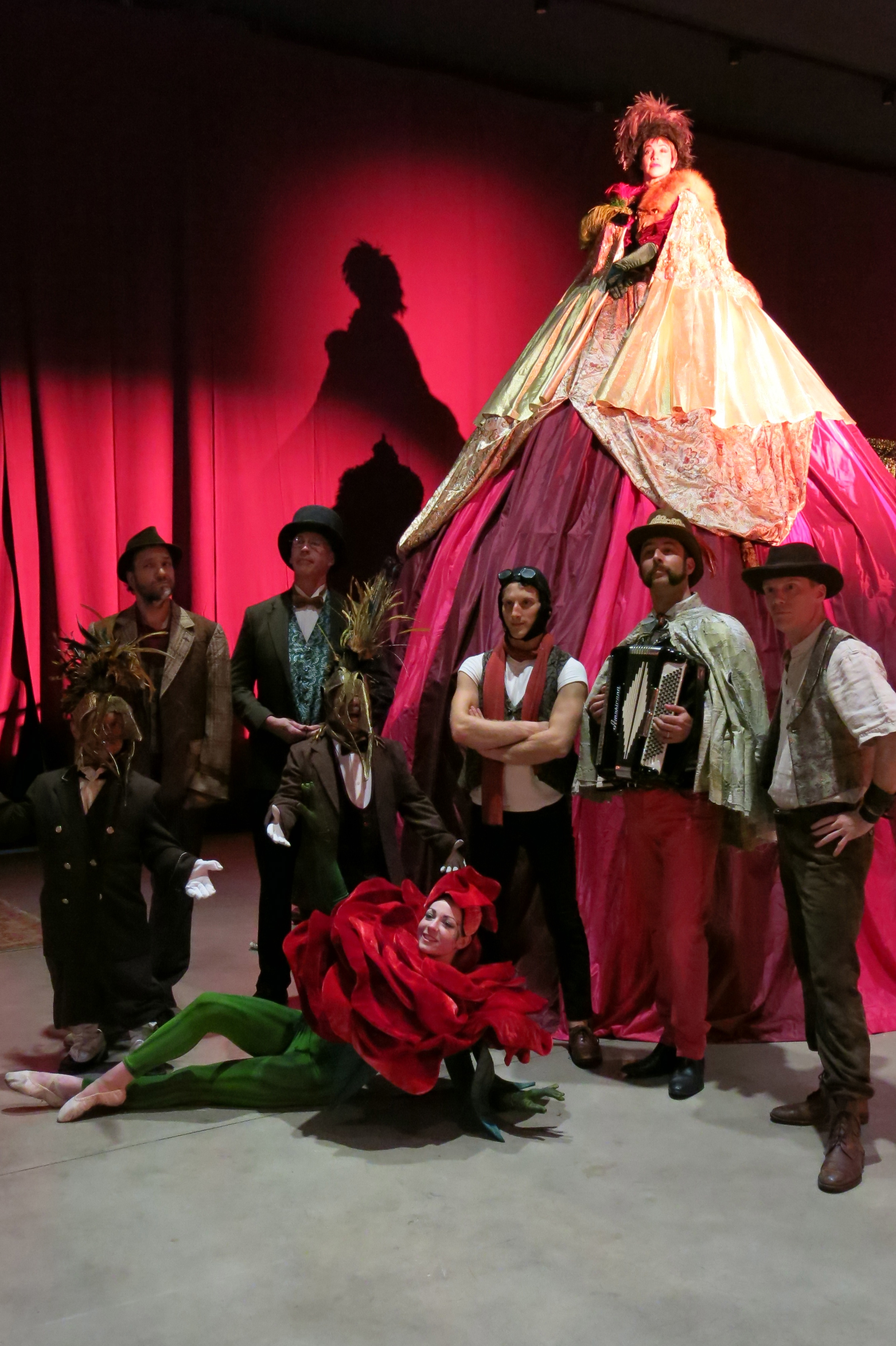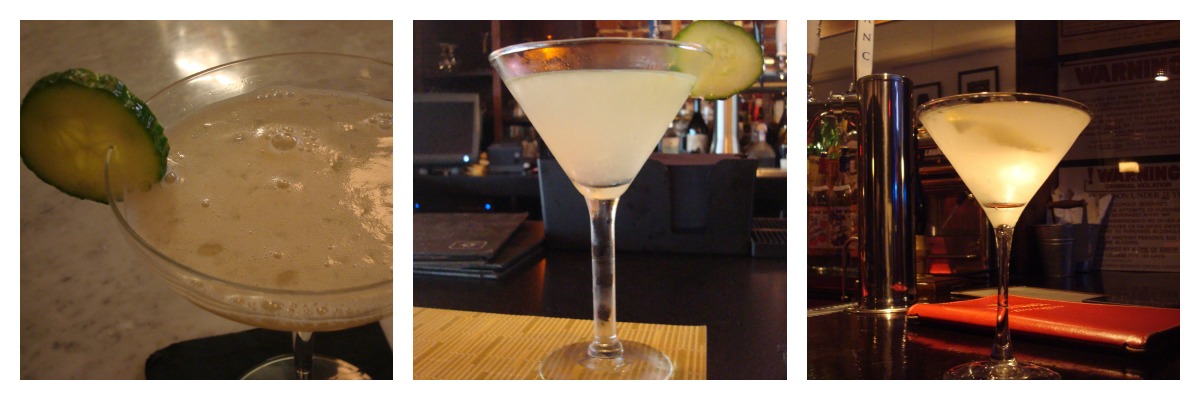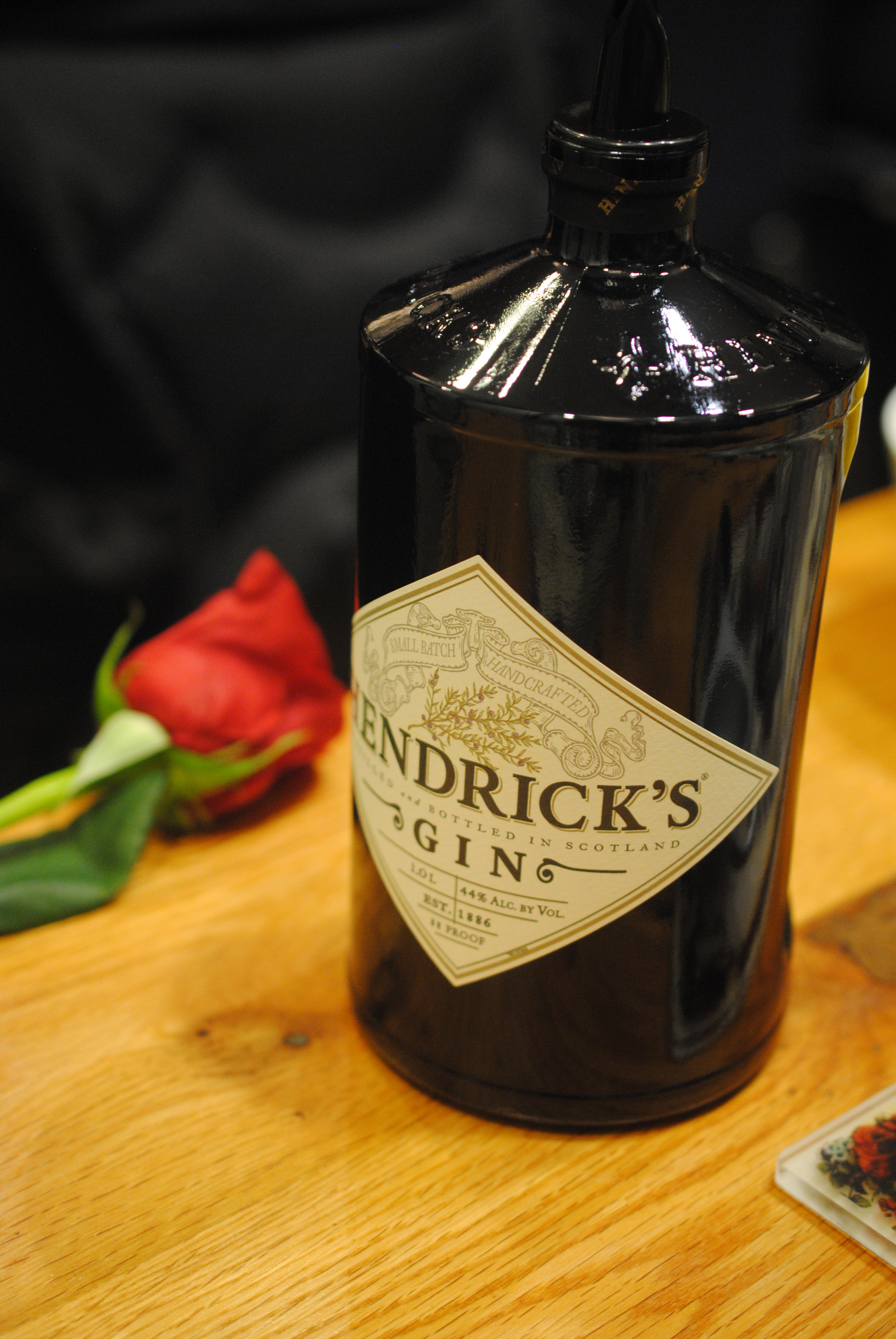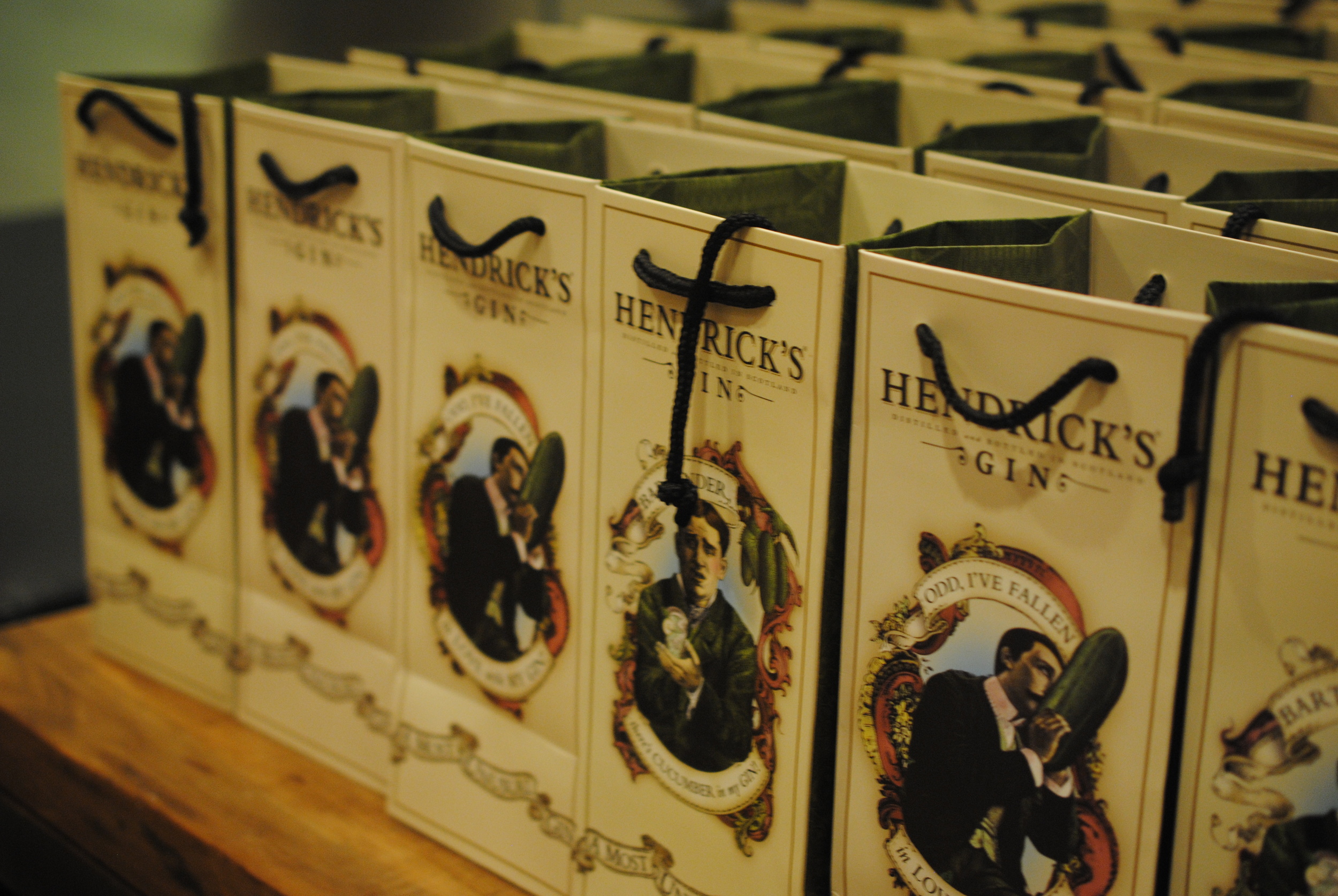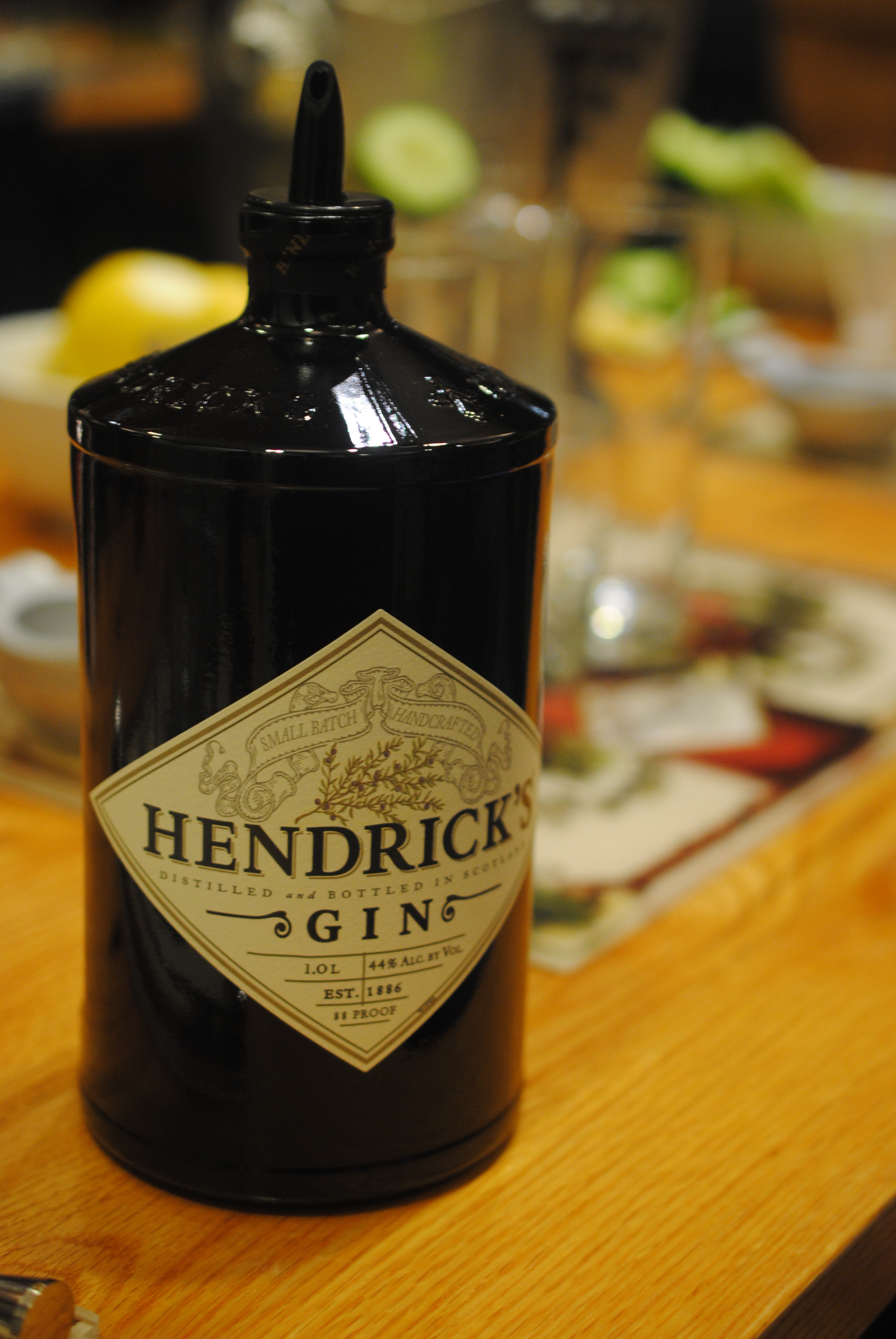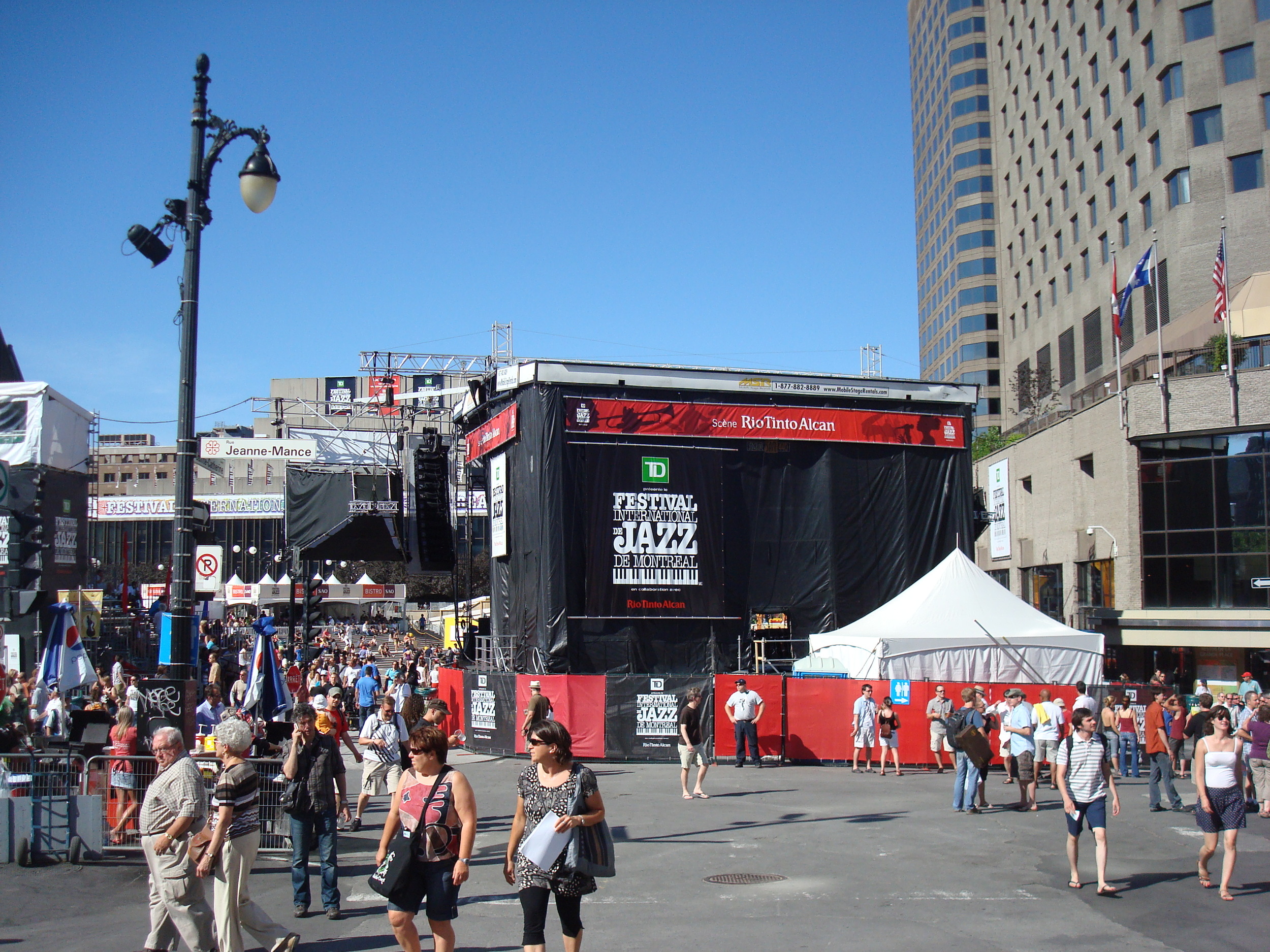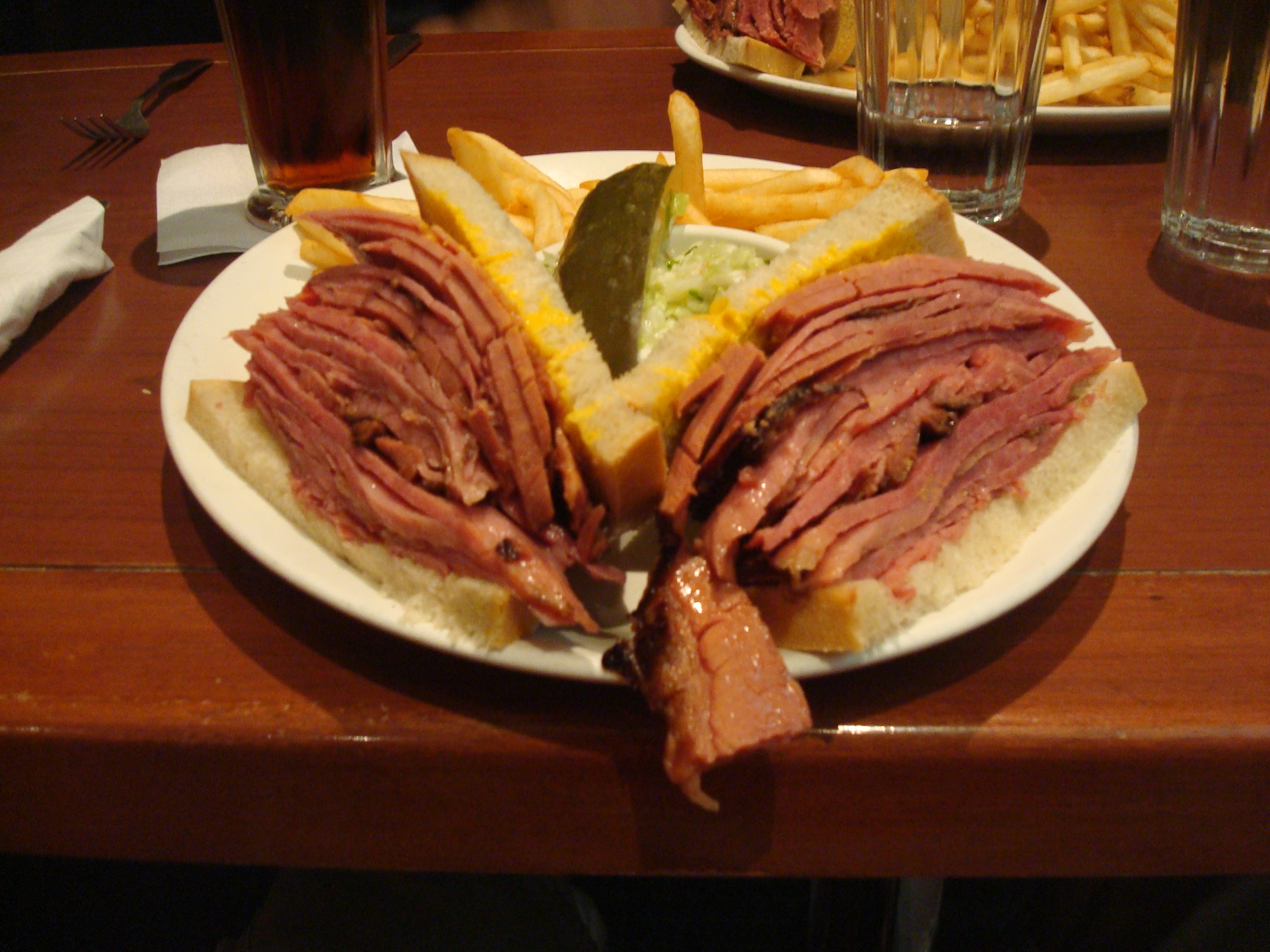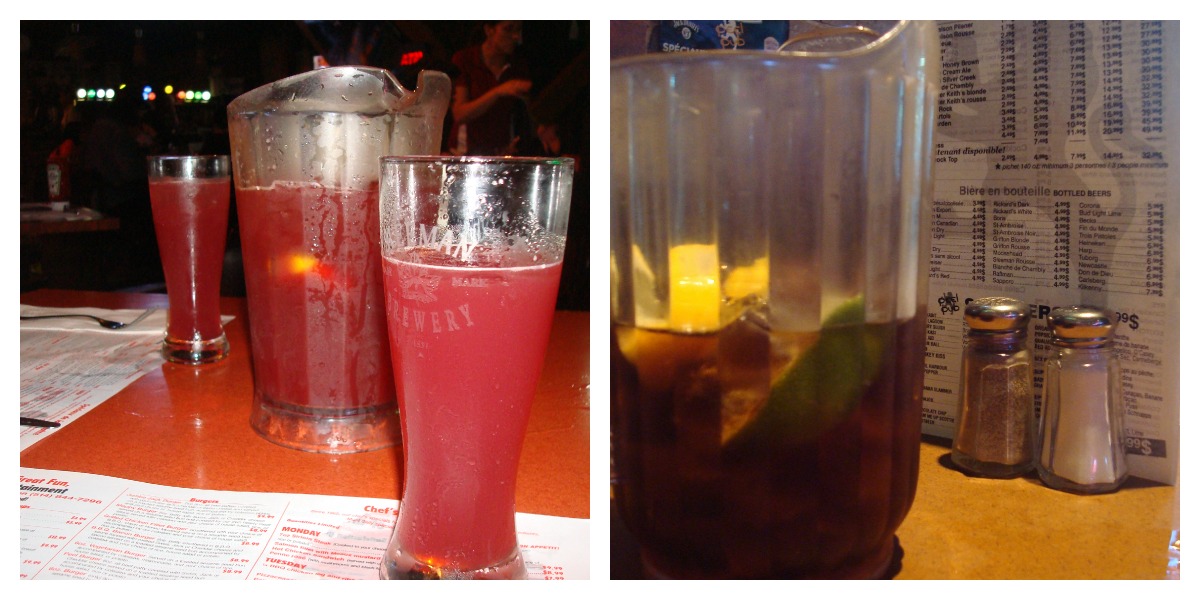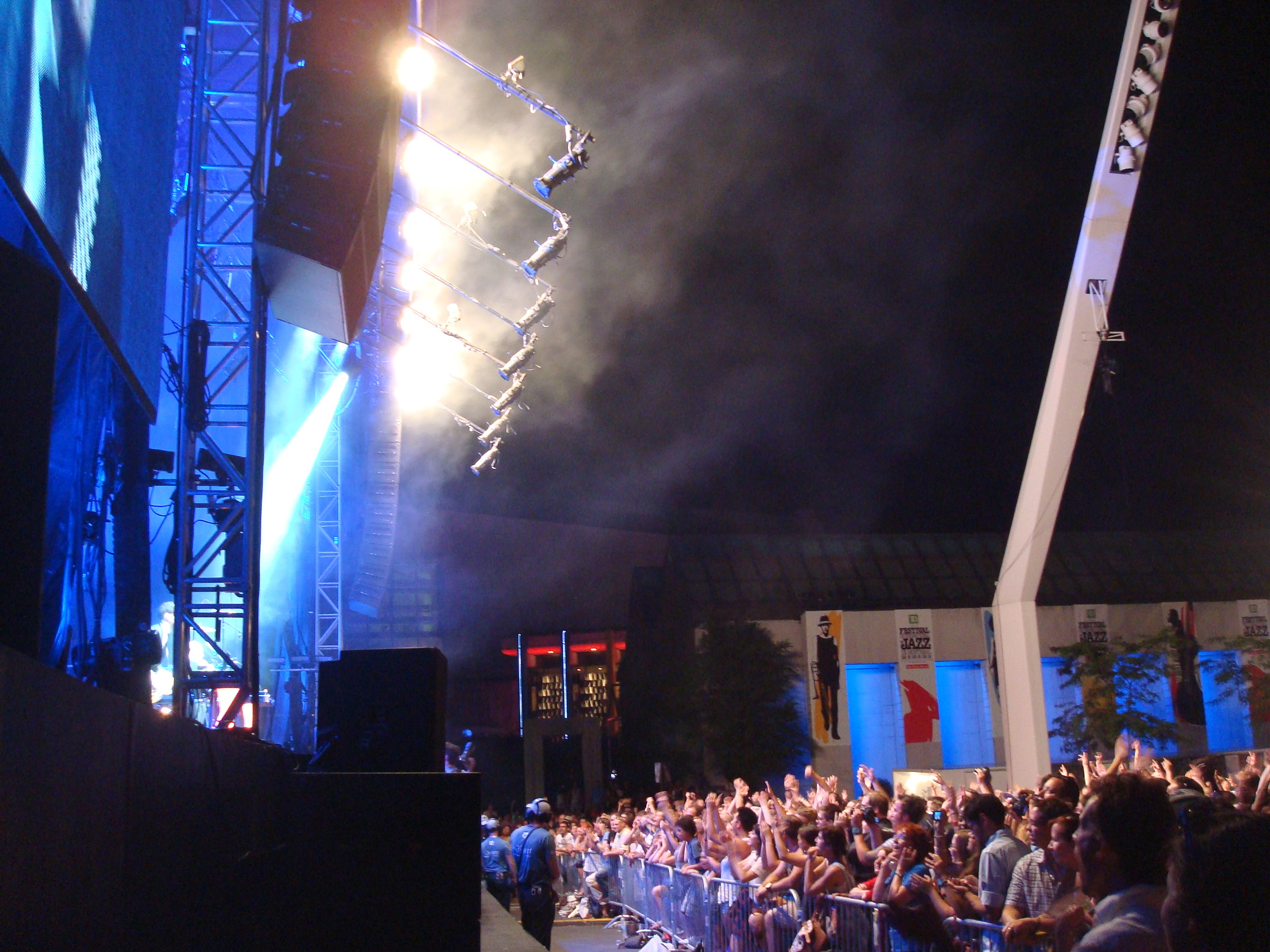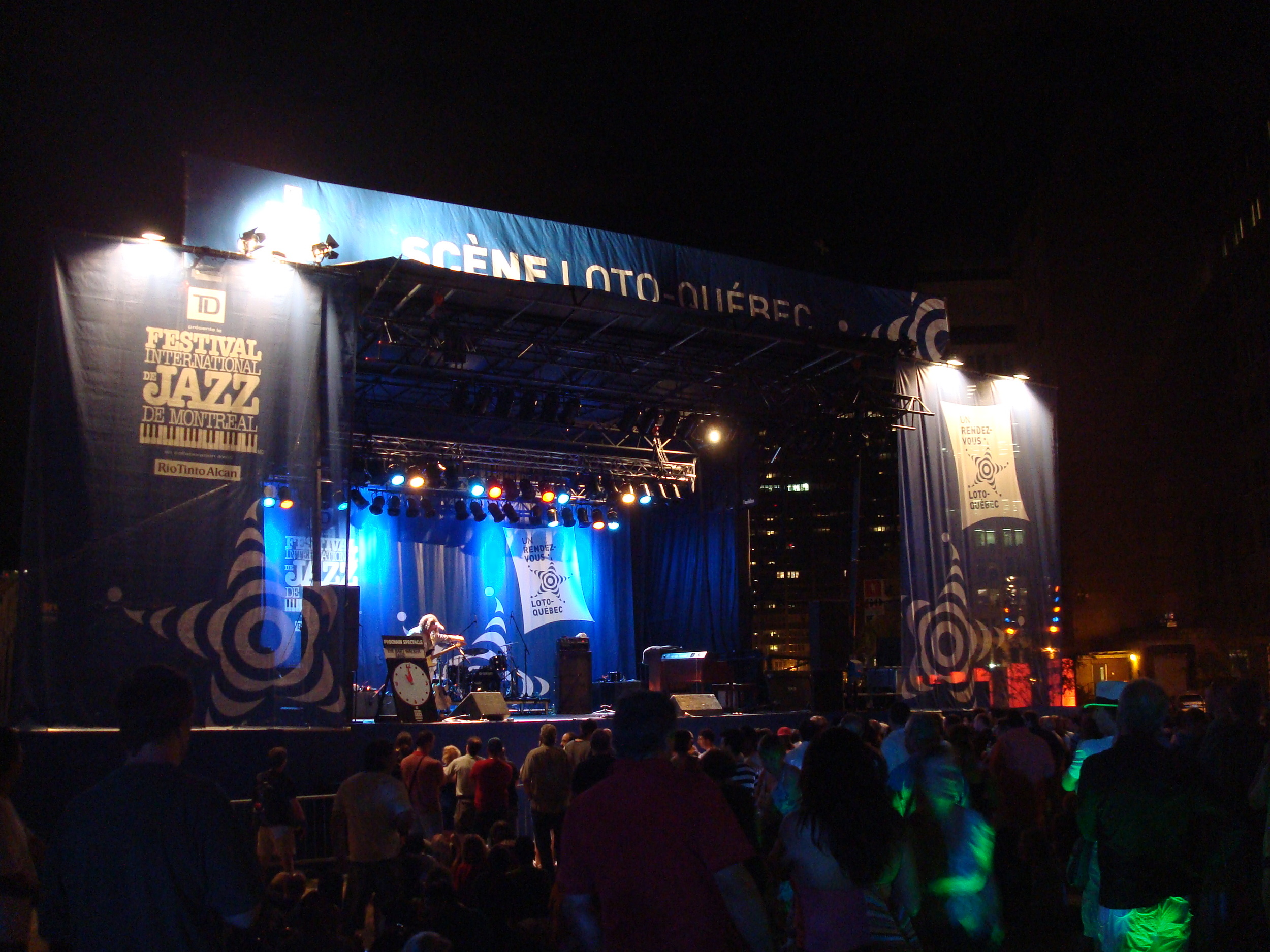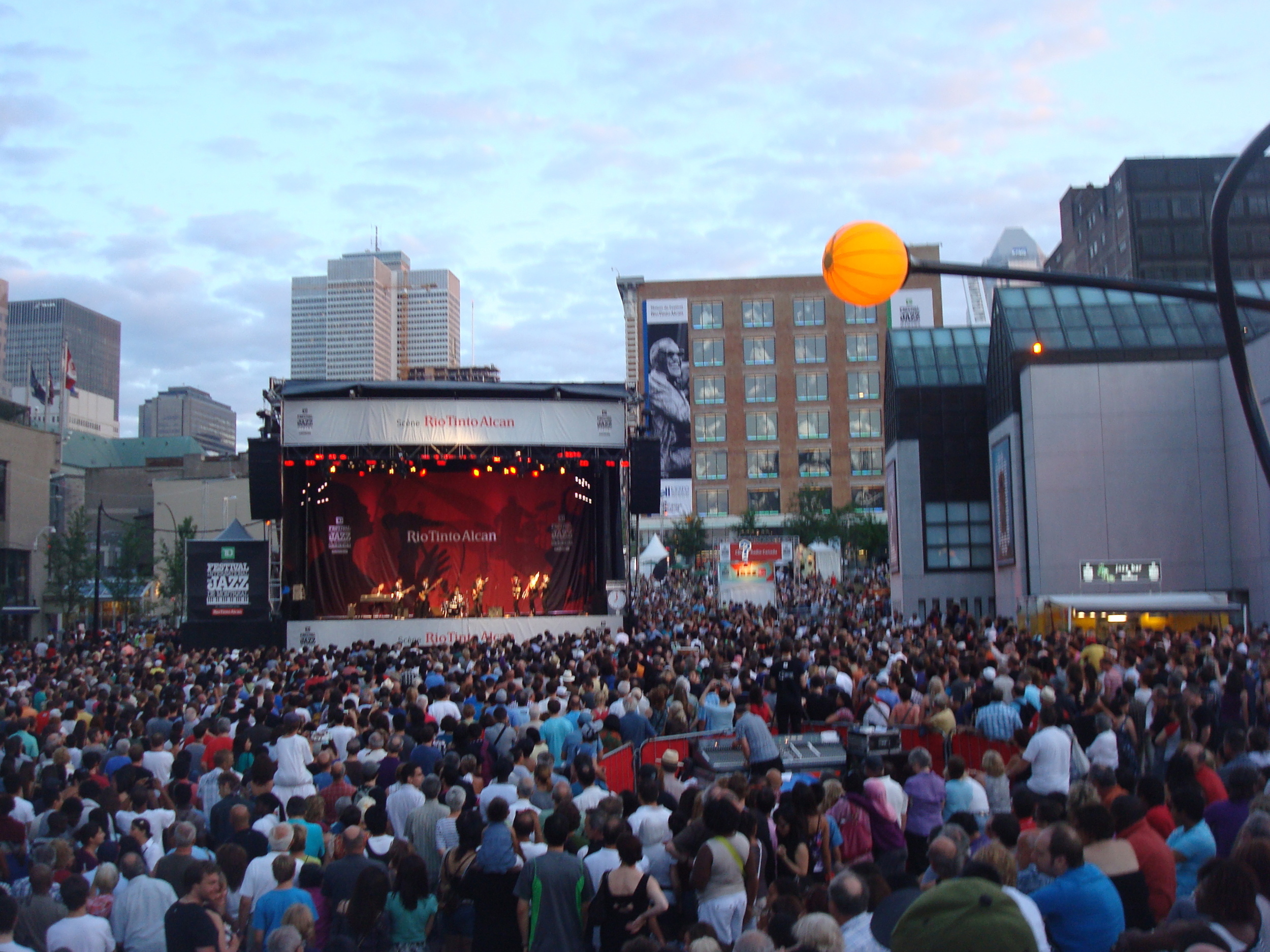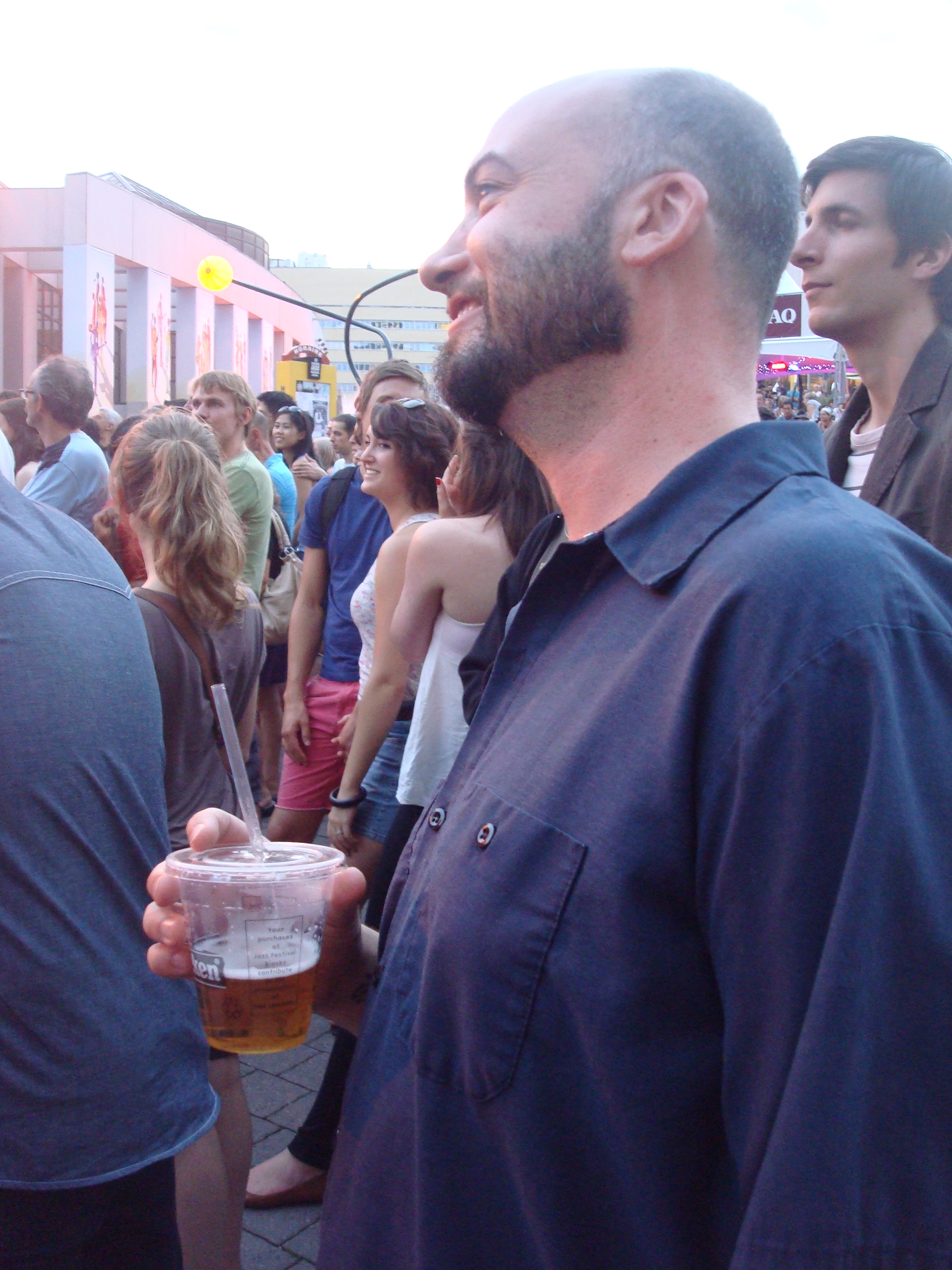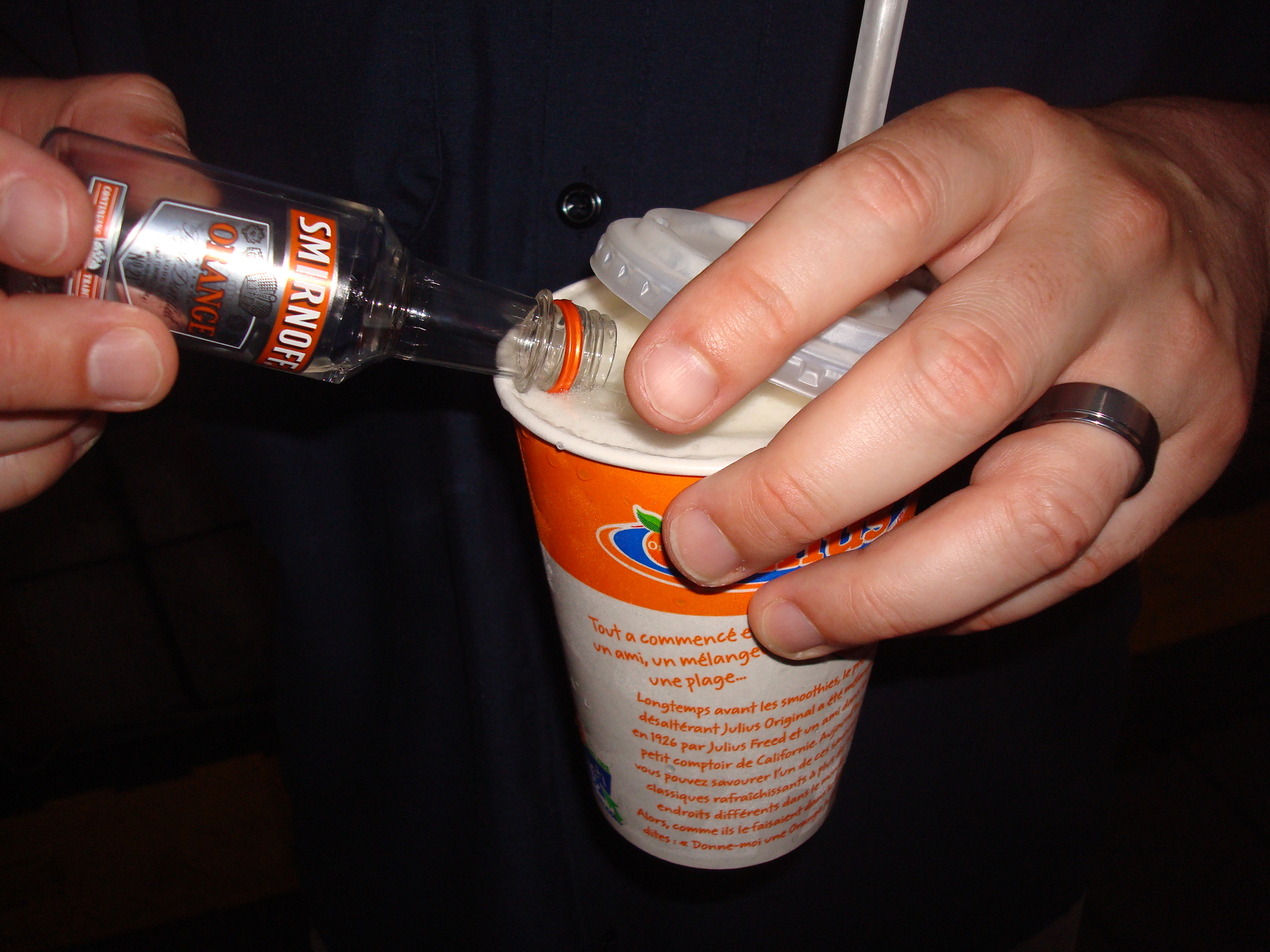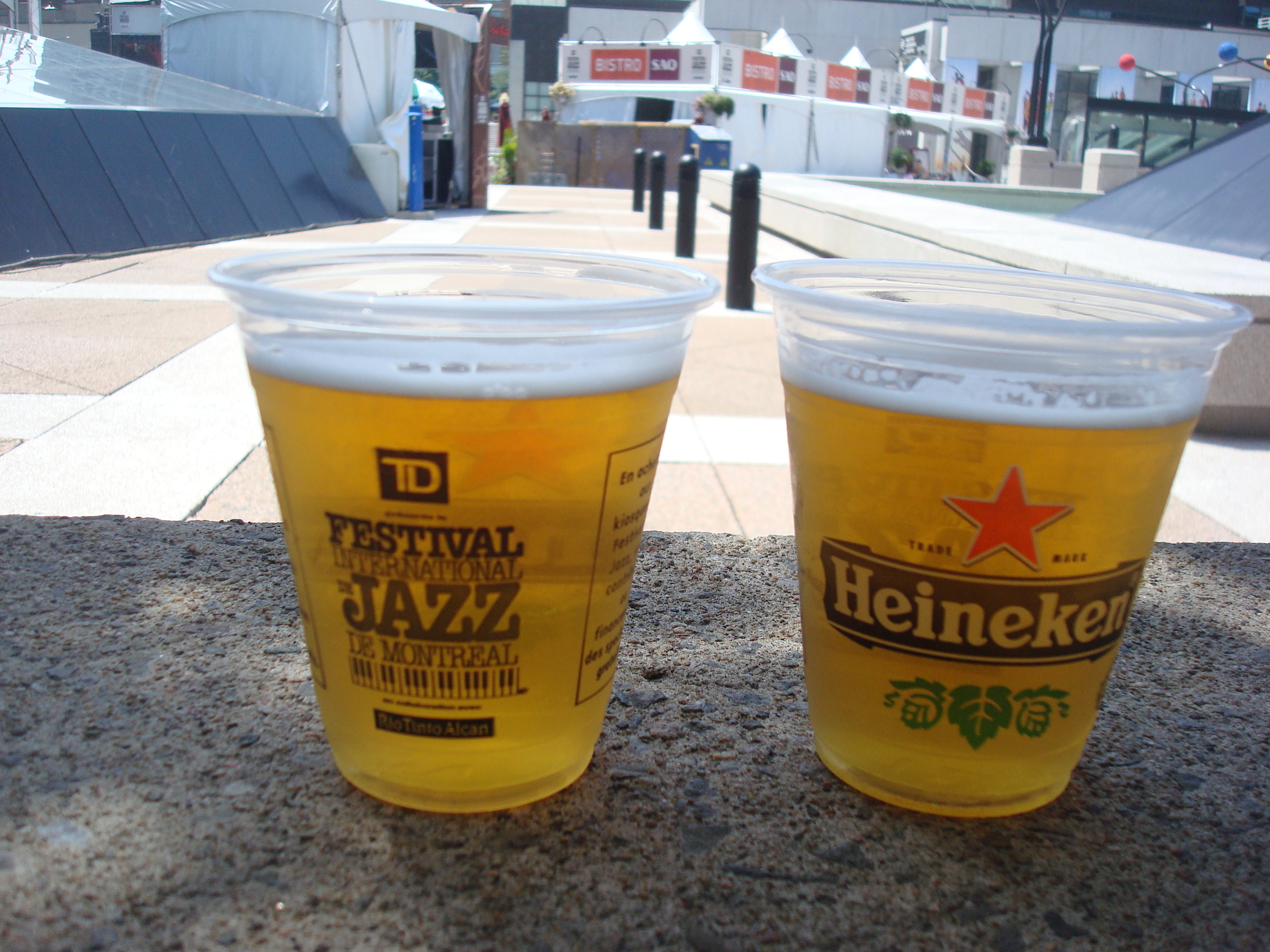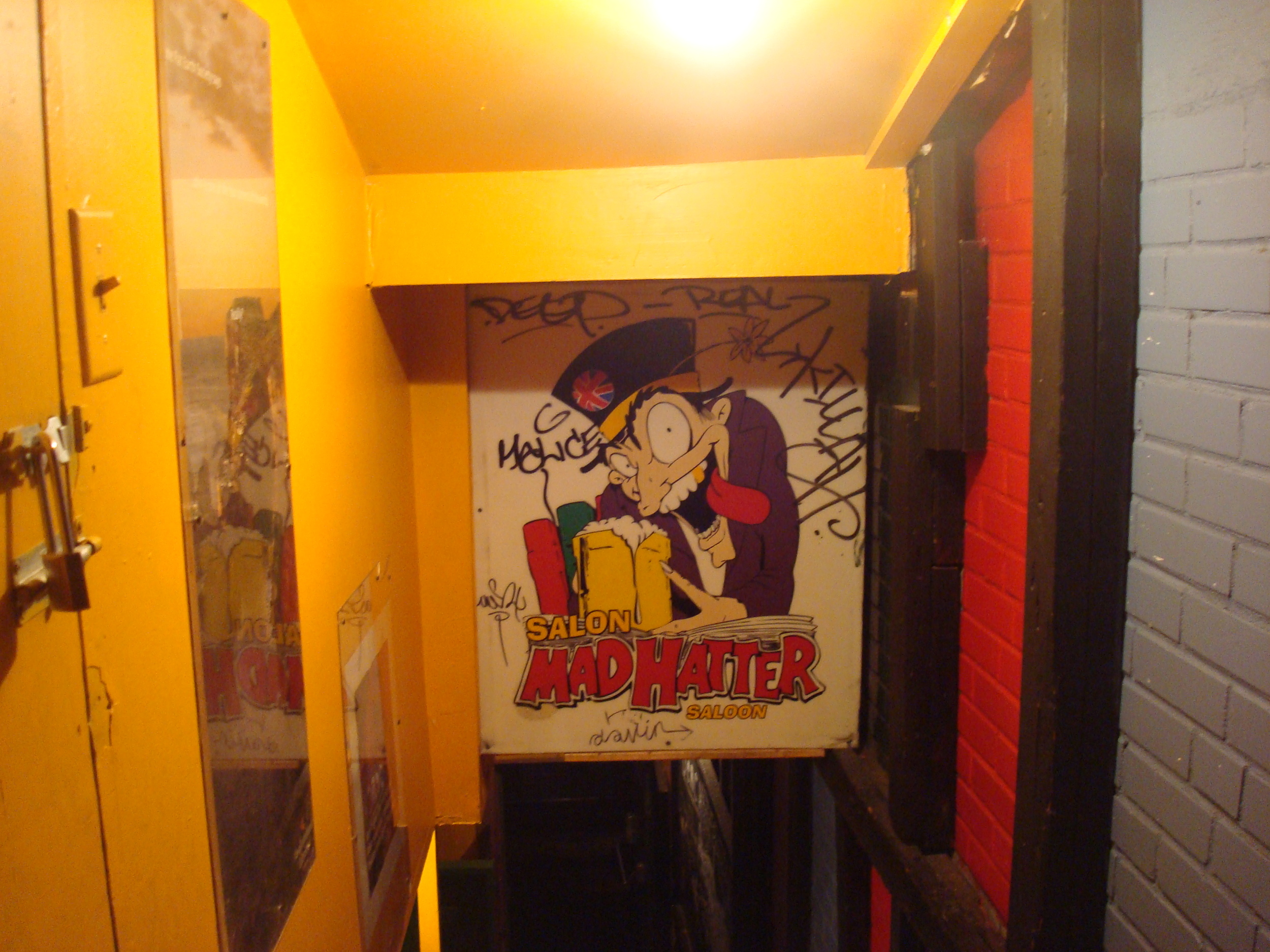Our present-day conception of Belgian beer has its roots in an era marked by prolonged warfare, political upheaval, ghastly torture devices, and religious zealotry – the Middle Ages. It seems fitting, then, that a modern-day brewer of Belgian-style beers would devote a line of specialty brews to a Medieval-themed fantasy epic known for bloodshed, treachery, and mysticism (not to mention a whole lotta sex).
Brewery Ommegang has teamed up with HBO to release a series of limited edition beers based on Game of Thrones, the George R.R. Martin books that the cable network has turned into a blood-soaked TV series and cultural phenomenon. The collaboration began last year with Iron Throne, a blonde ale that paid tribute to the King Joffrey, the fair-haired but vicious young ruler of the Seven Kingdoms. It continued last fall with the hearty Take the Black Stout, inspired by noble bastard Jon Snow and his brothers in the Night Watch.
Last night at Davis Square’s Saloon, Ommegang unveiled the third beer in its series – Fire and Blood. The malty brew is named for the motto of House Targaryan and the beautiful Daenerys, the young woman who, like seemingly everyone else in Westeros, lays claim to the Iron Throne. Unlike everyone else, though, Daenerys commands three fire-breathing dragons – exactly the sort of pets you want when attempting to decimate opposing armies and declare yourself ruler of the Seven Kingdoms.
With its blood-red hue and spicy hop character, the latest entry certainly lives up to its name. Fire and Blood is a powerful red rye ale with a raisin-like fruitiness. Notes of licorice and star anise provide spicy depth, while ancho chilies add complexity and a mild hint of dragon fire.
Ommegang also brought along the previous beer in its Game of Thrones series. The Take the Black Stout is robust and unusually vibrant, with notes of chocolate, caramel, and coffee. A complex, hoppy beer that finishes with a surprising sweetness, it’s just the sort of brew you’d want to enjoy while standing atop a massive wall of ice and watching for an army of undead invaders.
Ommegang publicity manager Allison Capozza explains that the beers are truly a collaborative effort between the brewery and HBO. “HBO will talk to us about themes, nuances, and characters in the upcoming season. Then we think about style, color, and ingredients.” She says the reaction from the network has been overwhelmingly positive. And the beers themselves have become something of a phenomenon, as anyone who’s had trouble finding them in stores can attest. “The response was incredible,” Allison says of last year’s inaugural release. “We just had no idea how big it was going to be.”
There was no shortage of the beer at Saloon, which was decked out in its Westerosian best for the release party. Sword hilt tap handles clearly identified the honored brews of the evening.
Hors d’oeuvres such as beef skewers, chicken wings, and fig jam with goat cheese on bread would be right at home at a King’s Landing feast. And since Saloon is best known for its excellent cocktails, they didn’t miss the opportunity to whip up something special for the occasion – the Battle Axe.
A mix of brandy, honey, and lemon, with an Ommegang Witte float, its composition was appropriate for a Medieval cocktail – simple, with classic ingredients, and packing plenty of punch.
The crowd of 200+ revelers got into the spirit as well, some donning attire for spending a day at court, heading into battle, or giving birth to a murderous shadow demon.
And while there were no mock beheadings or reenactments of the Red Wedding (thankfully), Ommegang brought more than just beer.
Upstairs, at Saloon’s sister bar, Foundry, sat a full-size replica of the Iron Throne. Forged from the swords of a thousand vanquished foes, the throne, commissioned by the enigmatic king Aegon Targaryan, is a sharp and notoriously uncomfortable seat. Aegon deliberately fashioned it this way, believing that “a king should never sit easy.” The replica wasn’t quite so austere, enabling attendees to pose for pictures without incident.
Fire and Blood will be in stores starting on March 31, just in time for the April 6 premiere of Season 4 on HBO. The 750-ml bottles are sold with three different labels, each commemorating one of Daenerys’s dragons – Drogon, Rhaegal, and Viserion. One note of caution: with an ABV of 6.8%, Fire and Blood is a potent brew. So think twice about downing one before a boar hunt.
* * * * * * * * * * * * *
Copyright © Boston BarHopper. All Rights Reserved.





